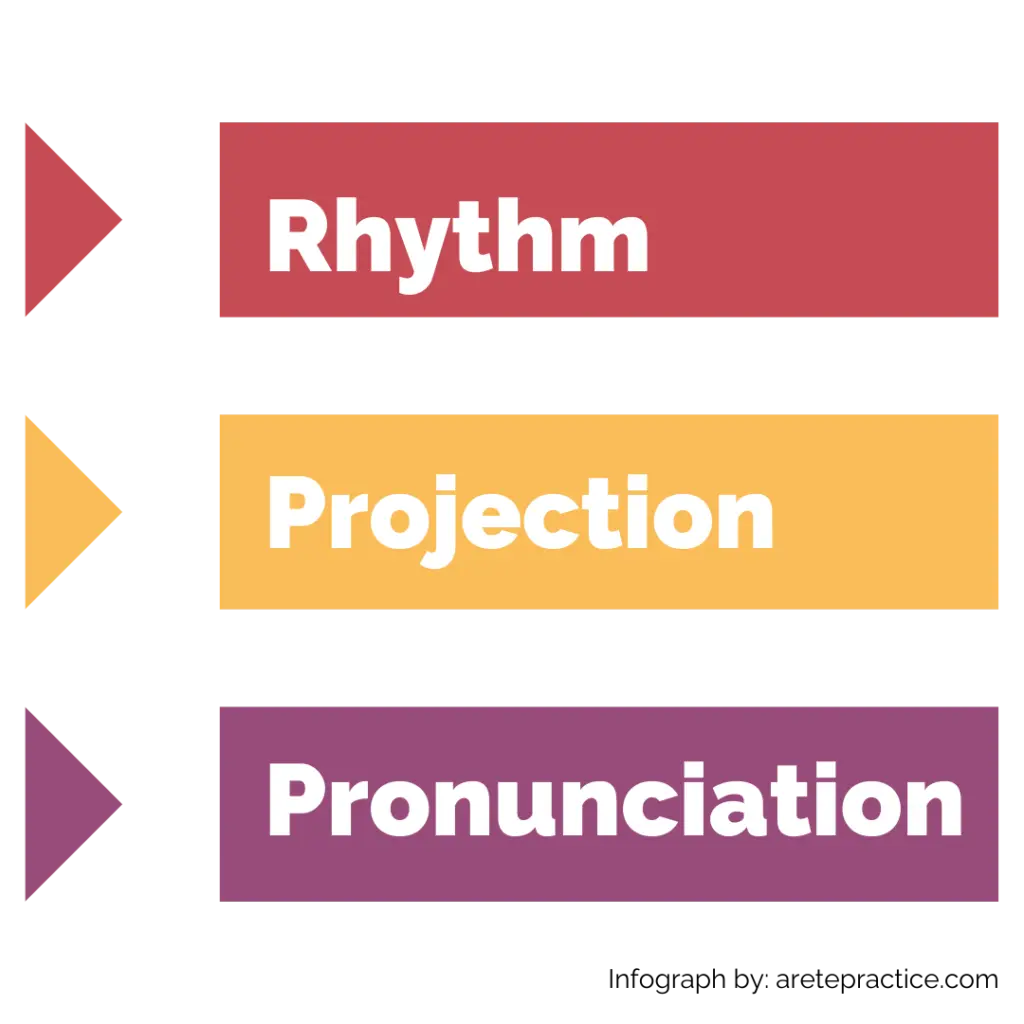Share this article:

"Everything in life is vibration."
~ Albert Einstein ~
Everything in the universe is vibrating. Quantum physics tells us that, at the most fundamental level, everything is actually sound or an energy wave, not the solid unmoving matter we seem to see. One of the best-kept yogic secrets is that you can use mantra to effortlessly create the vibratory state that you want or need in your life.
The word “mantra” can be divided into two. Man means mind and Tra means wave or projection. Mantra is the creative projection of the mind through sound. You can think of it like a wave that catches the mind and carries it along effortlessly.
Chanting mantras, whether silently or out loud, is a conscious method of controlling and training the mind to serve us instead of running in its own habitual grooves. As Swami Sivananda mentioned, "Mantras have power. They are vibrational formulas that are capable of transforming our lives."
The power of chanting is known throughout all yogic lineages and in many world religious traditions. Mantras are formulas that alter the patterns of the mind and the chemistry of the brain. By repeating a sound/vibration in a specific way it activates the molecules in the air around it. Like a chain reaction these molecules in turn vibrate the other molecules it comes in contact with.
Just like the environment around us vibrates, so do our energetic channels (nadis) vibrate. Think of your energetic body as a string instrument. When you chant, your tongue touches 84 points (like piano keys) inside the teeth on the roof of your mouth that are connected to your body’s energy meridians; the vibration of these nadis (strings) causes all thirty trillion cells of your body to resonate, to dance—forming the patterns that shape you physically, emotionally and mentally.
According to science of Naad Yoga, to make your mantra practice effective you have to look at the following three elements:

As yoga originated in India, most traditional mantras are in languages and dialects indigenous to the Indian subcontinent, many of which (such as Sanskrit) are no longer spoken. Affirmations are also a form of mantra.
Sri Aurobindo: "A mantra is nothing but a call to the universal consciousness."
The power of a mantra is in the vibration of its sound. Even if you do not know what a mantra means, as long as you vibrate at the correct frequency you will experience the effects of the mantra. Sometimes mantras will be translated into the speakers original language, in that case, you are also experiencing the benefits of that mantra in the part of your brain that interprets language.
You will often see mantras incorporated during a yoga class, with a particular exercise or during a meditation. You can also practice mantras in your everyday life by singing, chanting, or reciting it as you go about your day. The more you practice mantras the more familiar you will become with them.

Are just starting a personal yoga practice and do not know where to start? Explore this section of our website where it will walk you step by step on how to get started!

Amrit Kaur Ramos is the founder of Areté and a Kundalini Yoga instructor with over 20 years of experience guiding students through the transformative practice of Kundalini Yoga. She is also a dedicated women’s circle leader, with over 10 years of experience creating sacred spaces for women to connect, heal, and empower each other. Amrit Kaur brings a wealth of wisdom and compassion to her teaching, inspiring others to awaken their true potential and live authentically.
Follow us on social media for daily inspiration, free resources, and community updates. Find us on Instagram, Facebook, YouTube, and LinkedIn.
Copyright 2024 © Areté. All Rights Reserved.

Fill out the form below, and we will be in touch shortly.